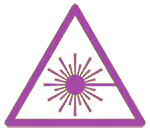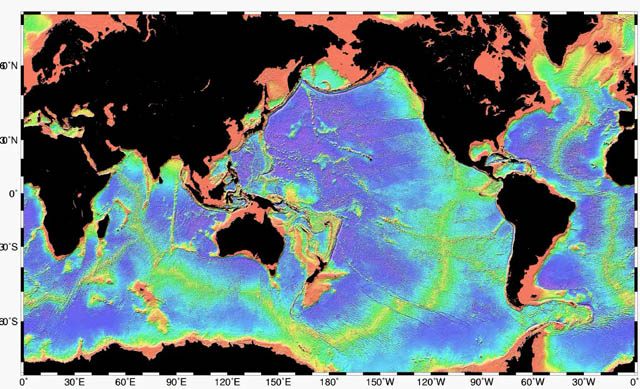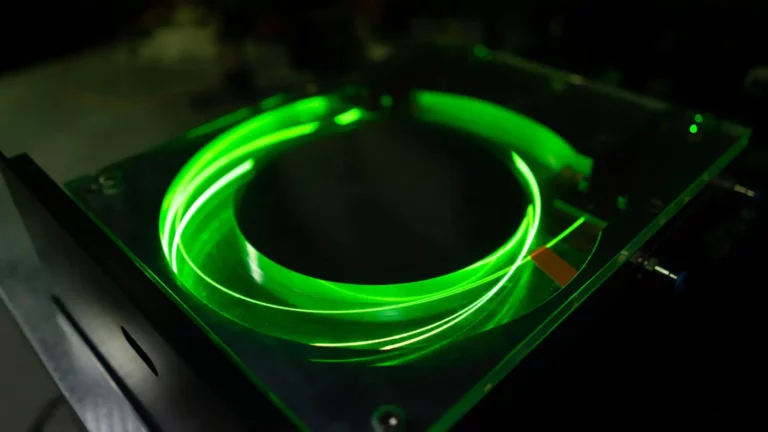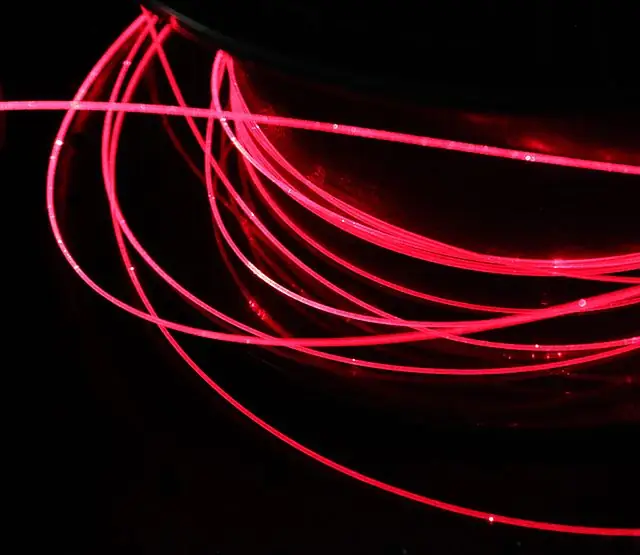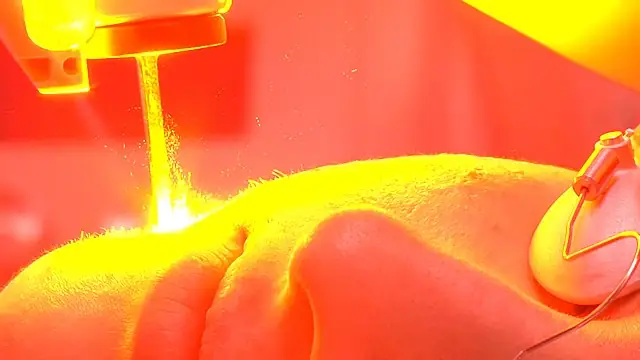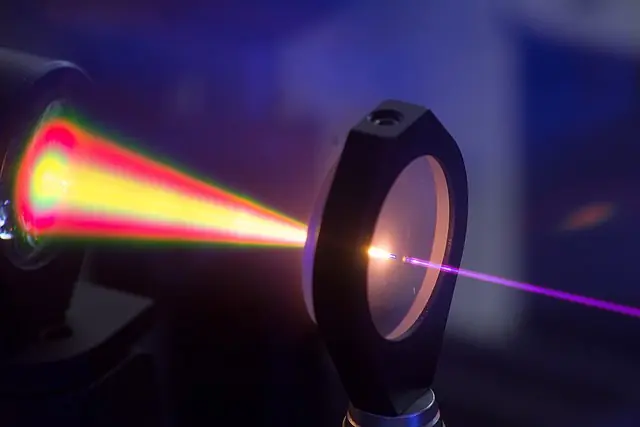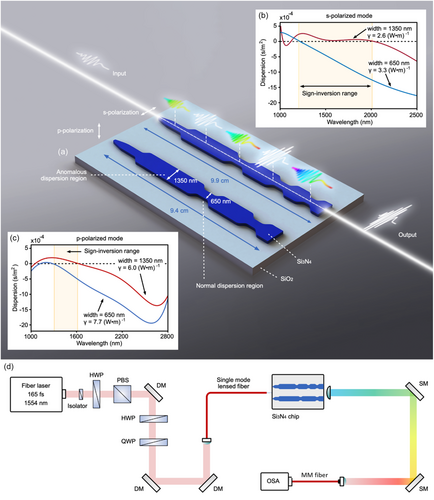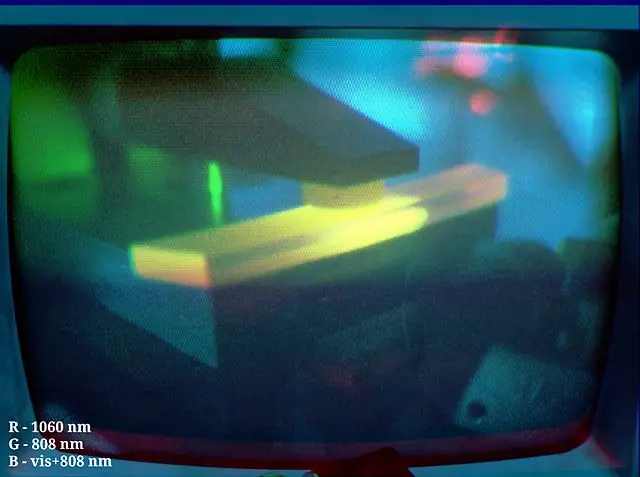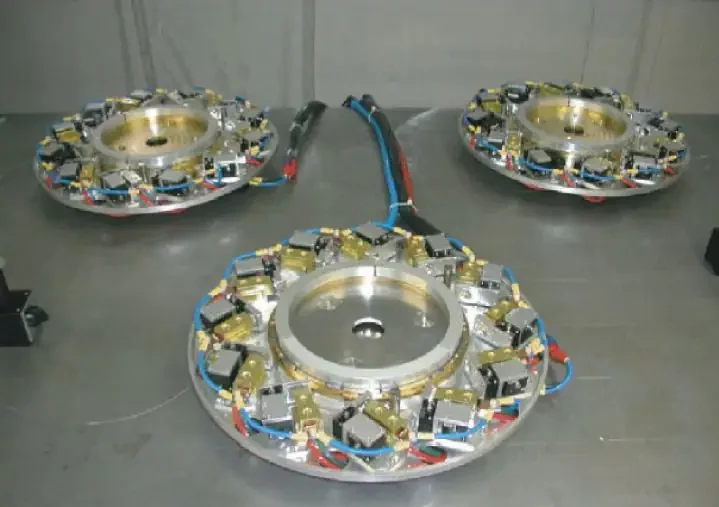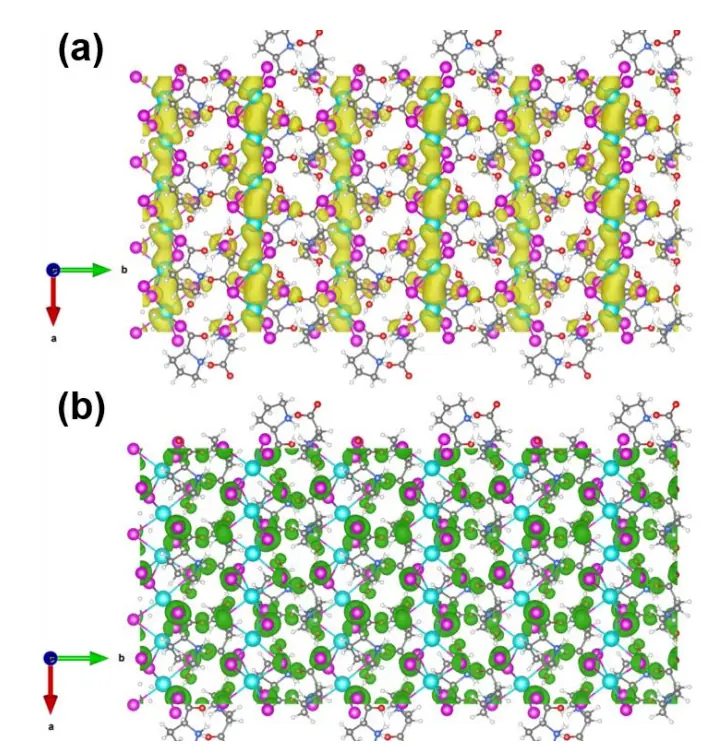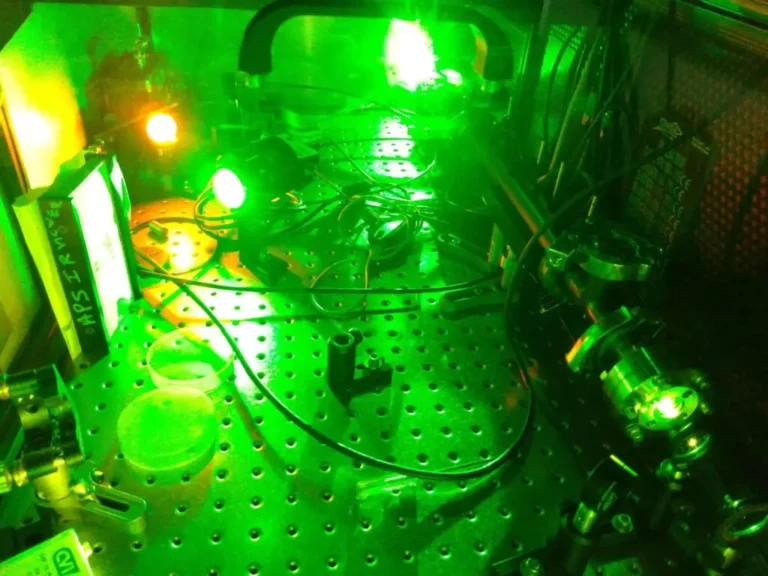Researchers Develop High-Efficiency Blue Laser for Advanced Bathymetric Lidar Ocean Exploration
A team of researchers has recently announced the successful development of a high-efficiency, nanosecond pulsed blue laser operating at 486.1 nm for Advanced Bathymetric Lidar. They achieved this feat by utilizing a frequency quadrupled thulium-doped fiber amplifier (TDFA), marking the first time such a device has been implemented for this purpose.
